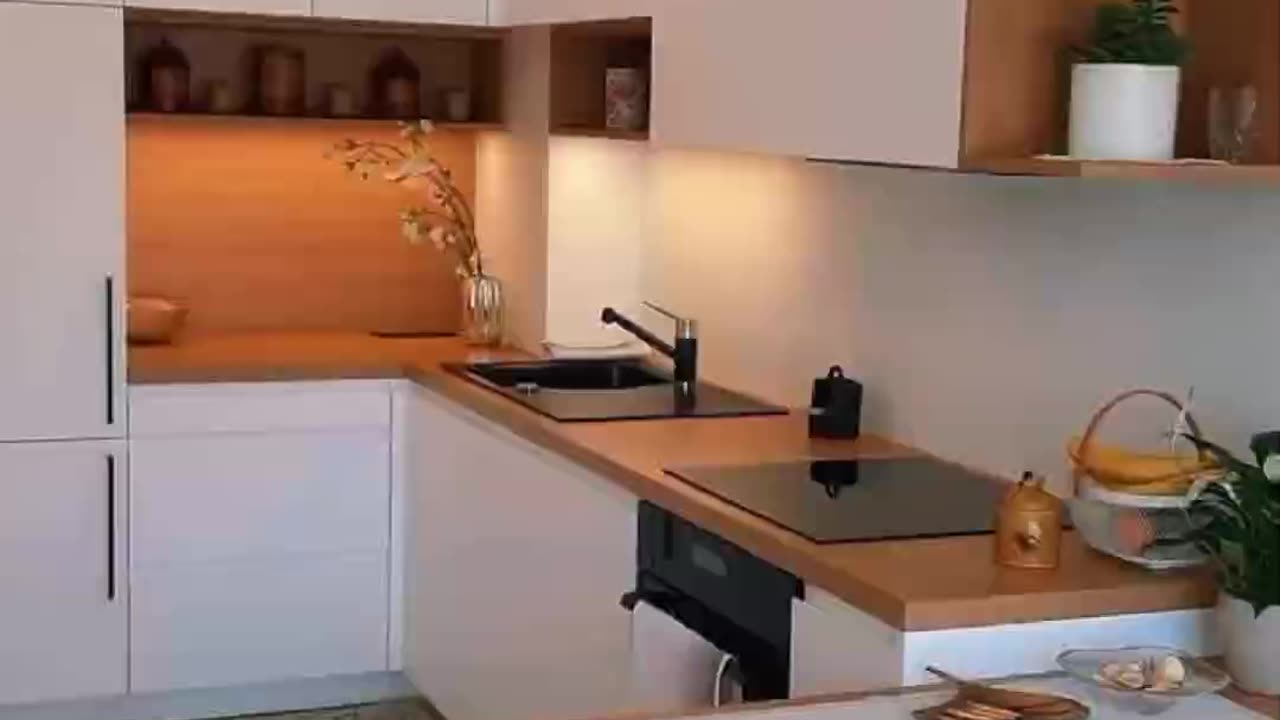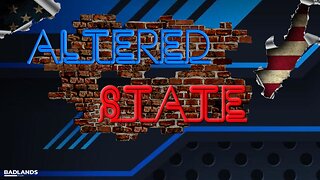Premium Only Content

Kitchen and tro design
Designing a kitchen involves several key elements to create a functional, aesthetically pleasing, and efficient space. Here is a detailed description of a kitchen design:
Layout
The layout is the foundation of a kitchen design. Common kitchen layouts include:
L-Shaped: Maximizes corner space and provides a lot of counter area.
U-Shaped: Offers ample storage and counter space, ideal for larger kitchens.
Galley: Efficient for small spaces with two parallel walls.
Island: Adds extra counter space and storage, often including seating areas.
Cabinets
Cabinets set the tone for the kitchen’s style. Choices include:
Shaker Style: Classic and versatile with clean lines.
Flat-Panel: Sleek and modern, suitable for contemporary kitchens.
Glass-Front: Adds visual interest and allows for display of items.
Countertops
Countertop materials are crucial for both function and aesthetics:
Granite: Durable and heat-resistant with a natural stone look.
Quartz: Low-maintenance and available in a wide range of colors.
Marble: Elegant but requires regular sealing to prevent stains.
Butcher Block: Warm and inviting, perfect for traditional and rustic kitchens.
Backsplash
The backsplash protects walls and adds a design element:
Tile: Versatile with endless design possibilities, from subway tiles to intricate mosaics.
Glass: Reflective and easy to clean, adding a modern touch.
Stone: Provides a natural, textured look.
Appliances
Modern appliances enhance functionality and efficiency:
Refrigerator: Options include built-in, side-by-side, and French door styles.
Range/Oven: Choices range from gas to electric, with some including double ovens.
Dishwasher: Integrated models blend seamlessly with cabinetry.
Microwave: Can be built into cabinets or placed over the range to save counter space.
Lighting
Proper lighting is essential for both task and ambiance:
Ambient Lighting: General illumination provided by ceiling fixtures or recessed lights.
Task Lighting: Focused lighting over work areas, such as under-cabinet lights.
Accent Lighting: Highlights architectural features or decorative elements, like pendant lights over an island.
Flooring
Durable and easy-to-clean flooring options include:
Tile: Resilient and water-resistant, available in various styles.
Hardwood: Adds warmth and can be treated to resist moisture.
Laminate: Cost-effective and mimics the look of wood or stone.
Color Scheme
The color scheme ties together the kitchen’s overall look:
Neutral Tones: Create a timeless and versatile backdrop.
Bold Colors: Add personality and can be used as accents.
Two-Tone Cabinets: Combine different colors or finishes for a modern look.
Storage Solutions
Efficient storage is key to an organized kitchen:
Pull-Out Shelves: Maximize lower cabinet space.
Lazy Susans: Make corner cabinets more accessible.
Pantry: Provides additional storage for food and kitchen supplies.
Decor
Decorative elements personalize the space:
Plants: Add a touch of greenery and freshness.
Artwork: Reflects personal style and enhances the kitchen's aesthetic.
Rugs: Introduce color and texture while protecting floors.
Technology
Incorporating technology can modernize the kitchen:
Smart Appliances: Enable remote control and monitoring.
Charging Stations: Keep devices powered and organized.
Touchless Faucets: Offer convenience and hygiene.
By carefully selecting and combining these elements, a kitchen can be designed to meet the needs and preferences of its users, creating a harmonious blend of style, comfort, and functionality.
-
 2:04:21
2:04:21
Badlands Media
13 hours agoDevolution Power Hour Ep. 388: Assassination, Inflection Points, and the Battle Ahead
290K88 -
 2:08:03
2:08:03
Inverted World Live
6 hours agoCharlie Kirk Assassinated | Ep. 106
88.7K41 -
 3:01:07
3:01:07
TimcastIRL
8 hours agoCharlie Kirk Assassinated, Suspect In Custody | Timcast IRL
612K860 -
 5:44:49
5:44:49
Redacted News
10 hours agoTurning the Tide: 9/11 Justice in 2025 — Day 1 with Sen. Ron Johnson, Richard Gage and More
170K75 -
 2:48:00
2:48:00
TheSaltyCracker
8 hours agoYou're Being Hunted ReeEEStream 9-10-25
283K565 -
 13:09:56
13:09:56
LFA TV
21 hours agoBREAKING: CHARLIE KIRK ASSASSINATED - WEDNESDAY 9/10/25
371K125 -
 1:31:08
1:31:08
I_Came_With_Fire_Podcast
8 hours agoCheck Fire: God Bless Charlie Kirk
86.7K22 -
 1:13:35
1:13:35
Glenn Greenwald
10 hours agoCharlie Kirk Assassinated; NATO Alleges Russian Drones Flew Over Poland, and More | SYSTEM UPDATE #512
284K289 -
 1:46:28
1:46:28
Badlands Media
23 hours agoAltered State S3 Ep. 45: The Assassination of Charlie Kirk
160K27 -
 8:56:53
8:56:53
Dr Disrespect
16 hours ago🔴LIVE - DR DISRESPECT - THE FINALS - NEW SEASON 8 LAUNCH EVENT W/ THE SHOTTY BOYS
281K10